Early Gothic revival church built c1824-28
Please note that this text is an extract from a reference work written in 1990. As a result, some of the content may not reflect recent research, changes and events.
Brighton ‘s parish church stands on an island site between York Place and Richmond Place, an area once known as Richmond Green, and its construction necessitated the diversion of the Lewes and Ditchling Roads. It was built in 1824-8 as a chapel of ease to St Nicholas’s Church and was consecrated by Dr James Carr, Bishop of Chichester, on 25 January 1828; the foundation stone had also been laid by Dr Carr on 8 May 1824 in his previous position as Vicar of Brighton. The church, which was designed in the Perpendicular and Decorated styles, is one of the earliest and finest Gothic revival churches in the country and is now a listed building. It was constructed to the plans of Charles Barry (later the designer of the Houses of Parliament) who had won a competition organised by the vestry in August 1823, but the original design, which had a spire atop the tower, was not adhered to. The total cost of the chapel was £20,365. On 22 June 1873 St Peter’s Chapel was designated the parish church of Brighton, replacing St Nicholas’s as the town was divided into several district parishes. {112}
Constructed in Portland stone, the church originally measured 150 feet by 70 feet and had a clerestoried nave of five bays with aisles, galleries, an apsidal chancel, and a fine vaulted ceiling; the 1,800 sittings were mostly free. The first curate, the Revd Thomas Cooke, served the chapel until 1873 and the font is a memorial to him. A stone reredos and organ were added in 1874-7.
In 1898-1902 major alterations were carried out by George Somers Clarke which included the extension of the nave northwards, the removal of the galleries, the addition of a muniments room underneath, and the addition of a clerestoried chancel which was consecrated by the Archbishop of Canterbury in June 1906; the new chancel’s ceiling was decorated in a colourful fashion in 1967-9. Unfortunately though, Clarke’s additions were made in Sussex sandstone and there is now a distinct difference in external colour. The altar window is a memorial to Queen Victoria by Charles Kempe, and the organ was added in memory of King Edward VII in 1910. A temporary parish room opened in 1903, but the church hall opened on 25 October 1927 on the York Place side as a memorial to those killed in the Great War. A new reredos was designed in 1930 by W.H.Randall Blacking, replacing the original Caen stone and alabaster reredos of 1877, but it was badly damaged along with the altar in the early hours of 4 September 1985 by an arsonist.
In the porch is a list of vicars of Brighton from 1091. St Peter’s churchyard was conveyed to the corporation on 31 December 1898 for the ‘free use forever of the parishioners’, and the grounds were formally opened by the mayor, Alfred Hawkes, on 6 November 1899; this event is commemorated by the stone seat at the northern end {311}. The dwarf fences replaced some rather ugly high railings in about 1922, but the great storm of October 1987 destroyed virtually all the trees surrounding the church. Every year however, the churchyard is graced by an illuminated Christmas tree, the gift of the Norwegian people.
Any numerical cross-references in the text above refer to resources in the Sources and Bibliography section of the Encyclopaedia of Brighton by Tim Carder.
The following resource(s) is quoted as a general source for the information above: 1,45,59,64a,123,126
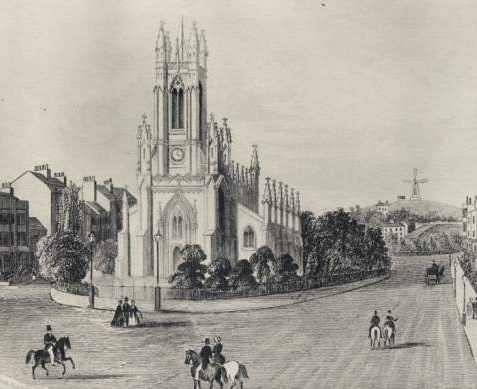
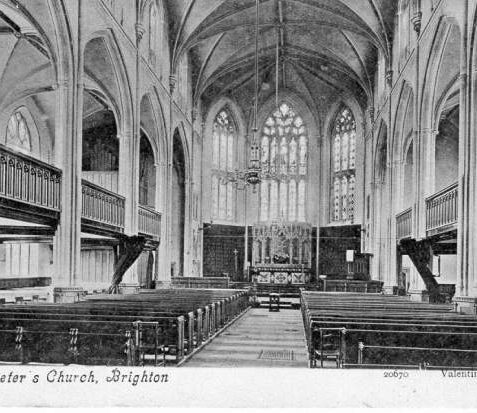

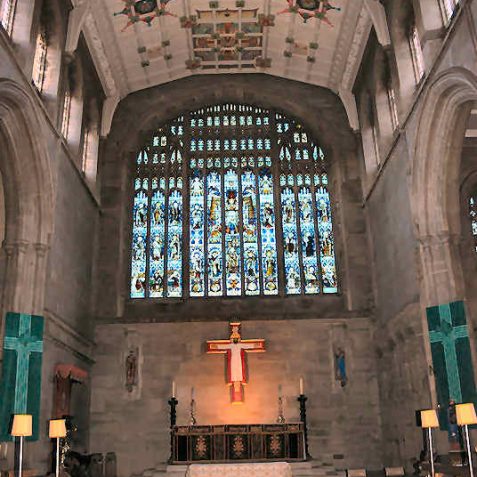
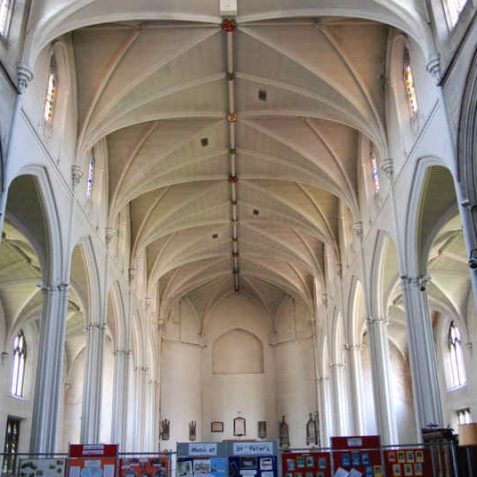
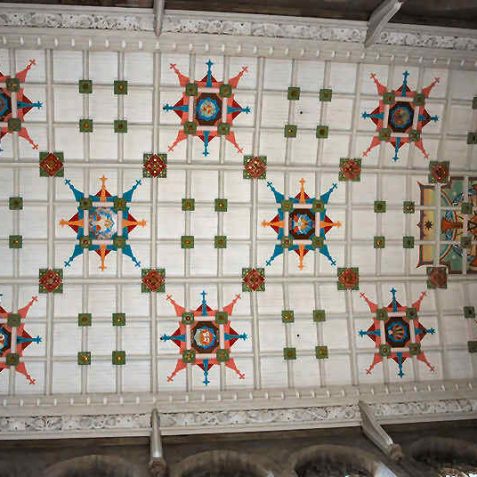

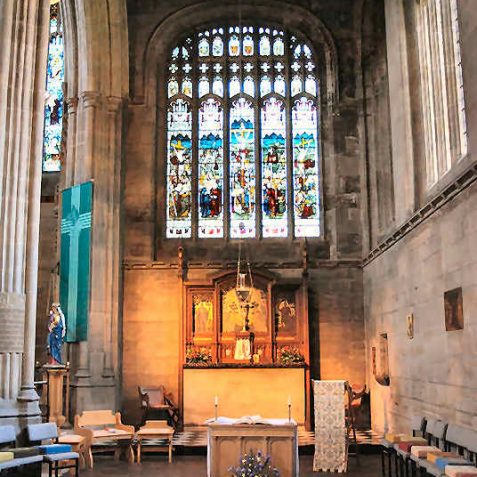
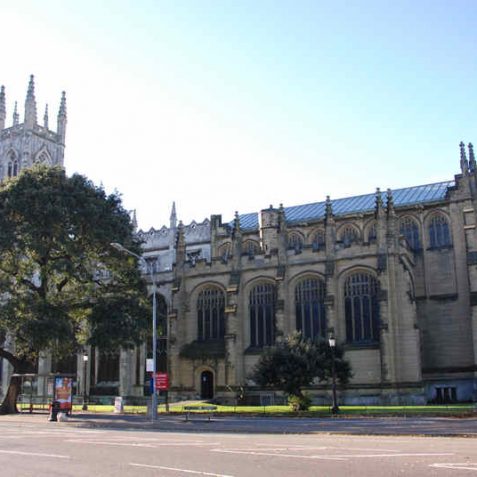

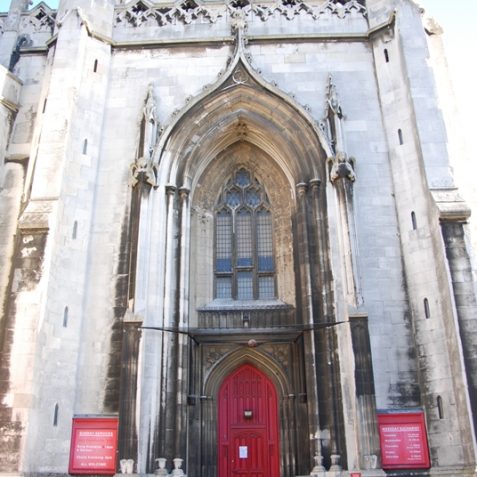





Comments about this page
The plaque on the war memorial is missing in recent pictures I have seen online.See Google street view:https://www.google.co.uk/maps/@50.827071,-0.135025,3a,75y,21.84h,89.8t/data=!3m4!1e1!3m2!1sNTdeaVNhOfpXb5qtHnrX9Q!2e0!6m1!1e1
Does anyone know what it stated? Even more importantly, why was it removed and where is it now?
I wonder if its removal had anything to do with the overall Valley Gardens project, Douglas. You could try contacting Jim Mayor, Project Manager on 01273 294164 or jim.mayor@brighton-hove.gov.uk. Regards, Alan.
Thanks for that, Alan. I may well contact Jim Mayor. My personal view is that the plaque was removed for its value as scrap.
Shame on me for calling the structure a war memorial. Although I searched in Carder, I failed to spot the entry 194c, which Chris Horlock has kindly drawn my attention to. Chris also points out that the structure was unveiled in 1871. He did take a picture of the plaque some time ago and will be sending me a scan so that I can see what is on it.
Add a comment about this page